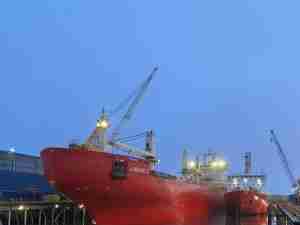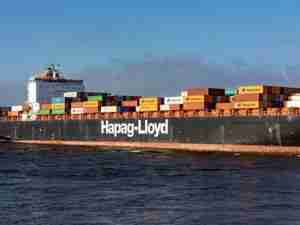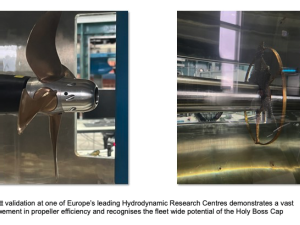'This is the time of year when we expect the ports to be comparatively quiet and they are,' NRF Vice President and International Trade Counsel Erik Autor said. 'Port Tracker will continue monitoring the ports as activity picks up through the spring and summer and will continue to aid retailers in managing their supply chains.'
'Following a record-setting peak season in 2005, the ports are in good condition without congestion,' Global Insight Economist Paul Bingham said. 'The successful peak season was due to the combined efforts of everyone in the transportation industry as well as the shippers. Despite natural disasters, increased fuel prices and continued rail capacity restraints, there was no repeat of the congestion we saw in 2004. The closest we came was with strained rail networks after Hurricane Katrina, but steps were quickly taken to minimize the impact and keep the situation from spreading.'
All ports covered by the report ' Los Angeles/Long Beach, Oakland, Tacoma and Seattle on the West Coast, and New York/New Jersey, Hampton Roads, Charleston and Savannah on the East Coast ' are currently rated 'low' for congestion, the same as in the December Port Tracker report. A low rating means 'business as usual' with no serious congestion, delays or diversion of cargo anticipated.
Both East and West Coast ports are currently in the slow season, with volumes expected to remain low until seasonal volume increases are seen in the spring. On the West Coast, Los Angeles and Long Beach set records for the year, but lost market share to Oakland and Puget Sound. Congestion levels were generally low despite a significant increase in traffic over 2004, when congestion was extensive. Despite hurricanes and high fuel prices, railroads did well in 2005 and are expected to continue to do so as long as capacity issues can be resolved. On the trucking front, highway safety groups and trucking industry lobbyists are continuing to bicker with the Federal Motor Safety Administration over regulatory issues. While diesel fuel prices are currently down, energy forecasters are predicting that low inventories and upward price pressures could create tension in the market during the first half of the year.
Nationwide, ports surveyed handled 1.26 million Twenty-foot Equivalent Units (teus) of container traffic during November, the most recent month for which data is available. The figure is down 7.8% from October, but still up 3.8% from November 2004, reflecting the seasonal downturn but an increase in year-to-year levels. Over the report's six-month forecast period, traffic is expected to decline slowly to a low of 1.13 million teus in February, still up 2.1% from a year ago, before climbing to 1.34 million teus in May, up 9.4% from May 2005.










